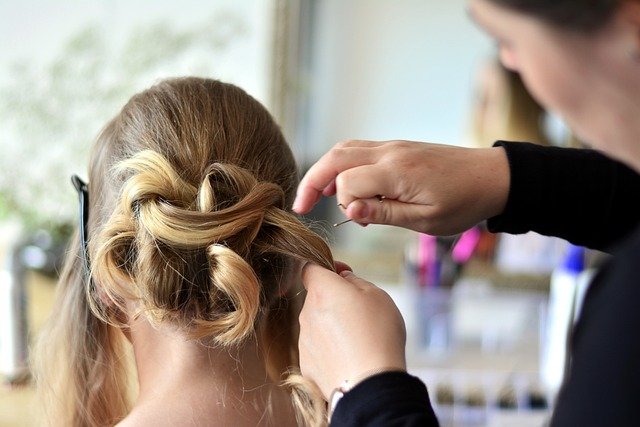Styling tricks to integrate added length without visible joins
Integrating added length so joins remain invisible depends on precise installation, texture and color-matching, and consistent upkeep. This brief overview highlights practical techniques for clip-in, tape-in, weave, remy and synthetic options, plus heat-safe styling and professional salon tips to keep blends natural and discreet.

Adding length with extensions can look natural when joins are concealed, textures align, and color transitions are subtle. Success relies on choosing the right method for your hair type and lifestyle, careful installation, and targeted styling to let the added hair move like your own. This article explains practical, step-by-step tricks for clip-in and tape-in pieces, weave installs, and selection between remy, virgin, or synthetic options. It also covers color-matching, heat-safe styling, and routine maintenance so joins stay out of sight while the overall effect remains seamless and lived-in.
Clip-in and tape-in installation tips
Placement matters for clip-in and tape-in pieces. For clip-in wefts, section hair horizontally and attach the clips beneath the top layers so the top natural hair hides the seam; staggering clip positions prevents a rigid line and keeps wefts lying flat. With tape-in strips, work on clean, dry sections and sandwich natural hair between two strips to create a thin, flat profile. Avoid placing attachments too close to the hairline and use smaller wefts near the crown to reduce bulk; root blending techniques can then disguise the join more effectively.
Achieving a seamless blend and color-matching
Color-matching and blending are central to an invisible join. Compare swatches against hair in natural light and across a few areas—roots, mid-lengths, and ends—before committing. Introduce two or three complementary shades within the extension set to mimic natural highlights and lowlights, which helps break up any visible seam. After installation, soft layering and point-cutting at the join soften the transition; a subtle root melt or shadow root effect further conceals attachment points and creates a gradient that reads as natural hair growth.
Choosing remy, virgin, or synthetic texture
Match the extension texture to your natural hair for movement that masks joins. Remy and virgin human hair maintain aligned cuticles and can be styled, colored, and heat-treated to blend closely with natural strands. Synthetic fibers are an option for short-term looks but often lack the same flexibility; choose heat-safe synthetic when you plan to use styling tools. Consider strand thickness and curl pattern—fine-surfaced wefts for fine hair, and textured wefts for curly hair—so the added length moves and dresses like your own, minimizing visible attachment lines.
Weave techniques for volume and lengthening
Weave installations can add both volume and lengthening when tracks are placed strategically. For sew-in weaves, keep braids small and even so wefts sit close to the scalp without creating ridges. Use narrower wefts at the crown and larger pieces at mid-length to avoid abrupt transitions. Incorporate internal layering and feathering through the weft junctions so weight distribution is even; this reduces bulk at joins and allows natural hair to fall over the tracks, effectively hiding the attachment.
Heat-safe styling, maintenance, and longevity
Preserve the look of joins by treating extensions with care. Use heat-safe products for styling and always apply a heat protectant to both natural hair and extensions when using hot tools. Brush gently with a wide-tooth comb or looped brush, detangling from ends to roots to prevent stress at attachment points. Regular at-home upkeep—moisturizing, gentle cleansing, and careful storage when not worn—extends longevity, while periodic professional maintenance can refresh tapes or tighten wefts to maintain an invisible join over time.
Professional salon installation and upkeep
A professional stylist can refine installation and cutting to optimize concealment. Salon fittings allow for custom color-matching, root blending, and precision layering that integrate added length more convincingly than DIY installs. Professionals can also recommend the most suitable installation method—temporary clip-in for occasional wear, low-profile tape-in for daily use, or sew-in for long-term volume—and schedule upkeep appointments for repositioning, reseating, or trimming, which preserves a seamless appearance as natural hair grows and styles change.
Concealing joins is a combination of the right product choice, meticulous installation, and ongoing maintenance. Focus on texture and color alignment, use heat-safe options appropriately, and employ strategic cutting and placement so joins remain under natural layers. Whether you choose clip-in, tape-in, weave, remy, virgin, or synthetic options, consistent upkeep and occasional professional tuning will keep the added length looking natural and the joins effectively hidden.





